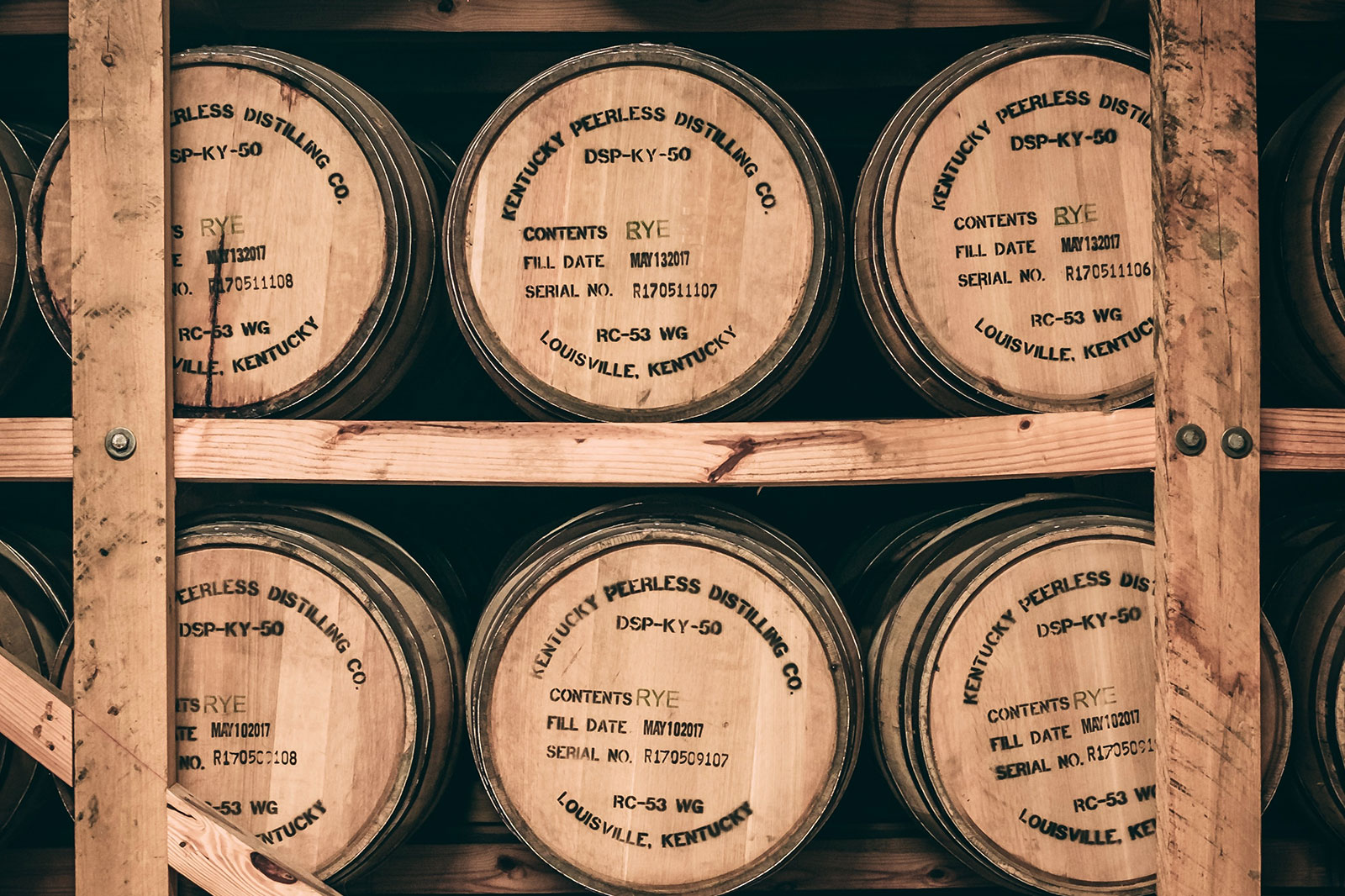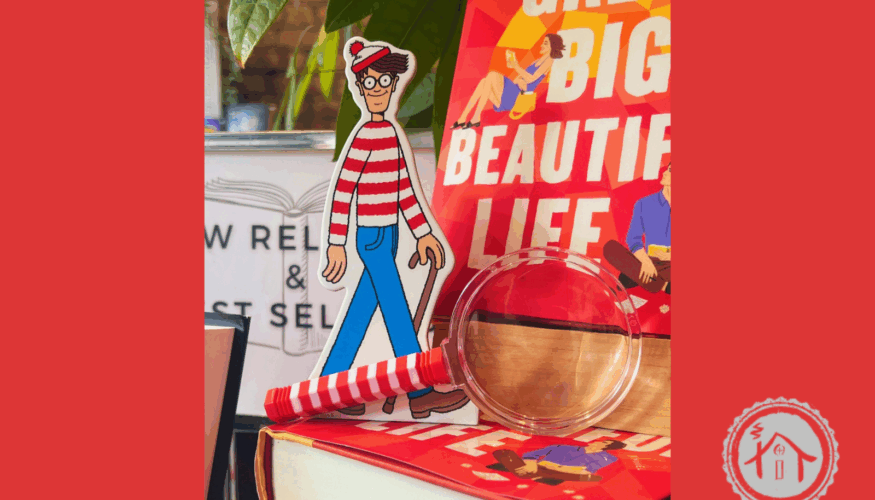About once a year, a group of pals and I head south on what has become known as our annual Bourbon Run to Kentucky. Willie Sutton robbed banks because that’s where the money was. We travel to Kentucky because that’s where the bourbon is. About 95% of the bourbon on the market is distilled in Kentucky. Plus, the people are friendly and the fall weather is gorgeous.
Legend has it that eons ago, Christian monks traveled from monasteries in Ireland to the Holy Land where they discovered the art and science of distillation. The Arabians were using the process to make perfume. The monks saw little value in improving their scent but figured an occasional libation might be fun. Maybe they would splash some whiskey behind their ears … who knows.
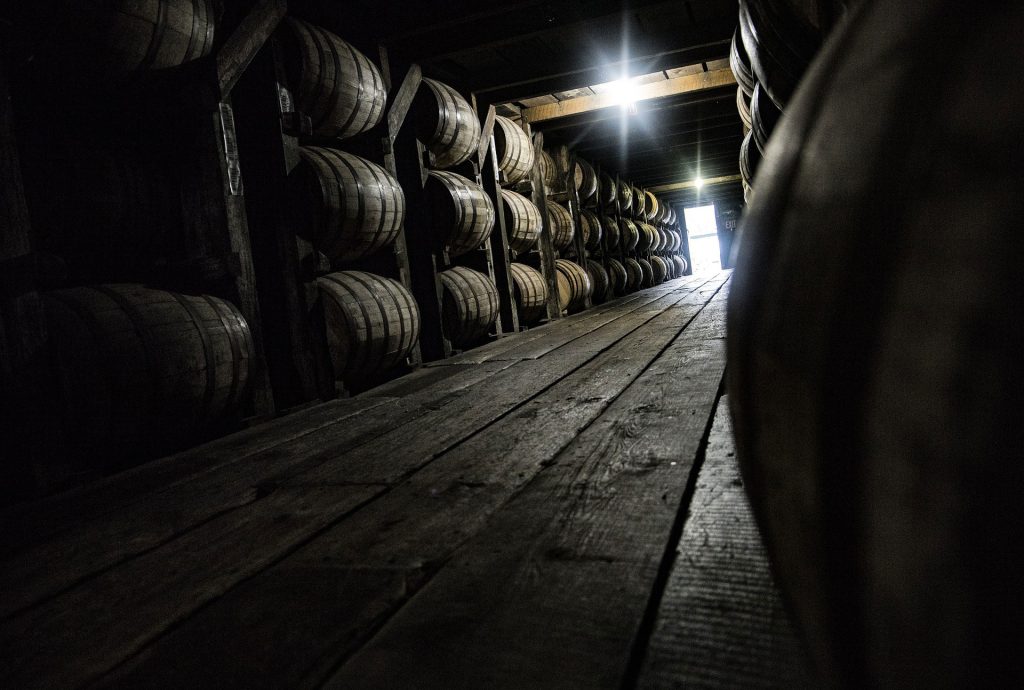
Back in Europe, it was discovered that by distilling grape juice, they could make brandy. They had lots of grapes and wine. Running the juice through a still could make a new drink — brandy. Grapes don’t grow as well in the rocky ground of Ireland and Scotland. But grains like barley and rye were abundant. The Scots and Irish learned to use those grains to produce what they called “Uisce beatha,” in the Gaelic language meaning “the water of life.”
If you like a brandy old fashioned, thank the ancient German and French grape growers. If you like a drink made of whiskey, thank the ancient Gaelic tribes of Ireland and Scotland. Everyone ought to raise a glass to the Irish monks and those good smelling Middle Eastern people.
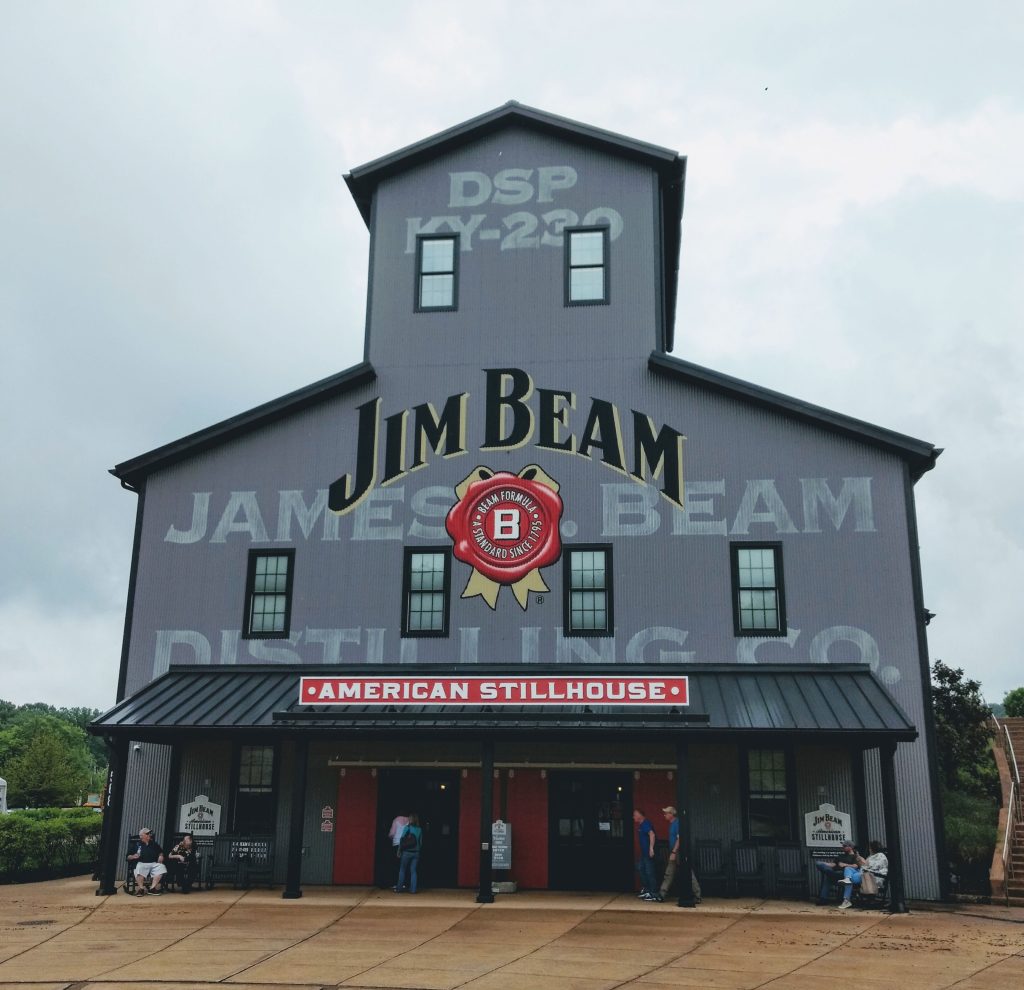
In Scotland and Ireland, they used barley as the staple for their craft. When they arrived in the colonies, they found a new grain — corn. Distilling it into whiskey solved a couple of colonial problems. It provided a use for excess grain in the fall and it warmed the colonial innards in the winter.
Early Scottish settlers in Pennsylvania found the water contained lots of iron which imparted an off taste to their whiskey. And then the new federal government decided to tax whiskey. The idea of taxing whiskey was not well received by these stubborn Scots and the “Whiskey Rebellion” ensued. The new president, George Washington, stuffed himself into his old military uniform, mounted his horse and let the U.S. Army against the Scottish emigrant tax evaders. Taxes were collected.
George Washington himself had a distillery on his Mt. Vernon plantation. One can only presume that he paid his whiskey taxes.
The folks who settled in Kentucky’s Bluegrass region found good water filtered through thick underground limestone. The soil grew great corn and the tax collectors had not yet gotten a foothold in the wilderness.
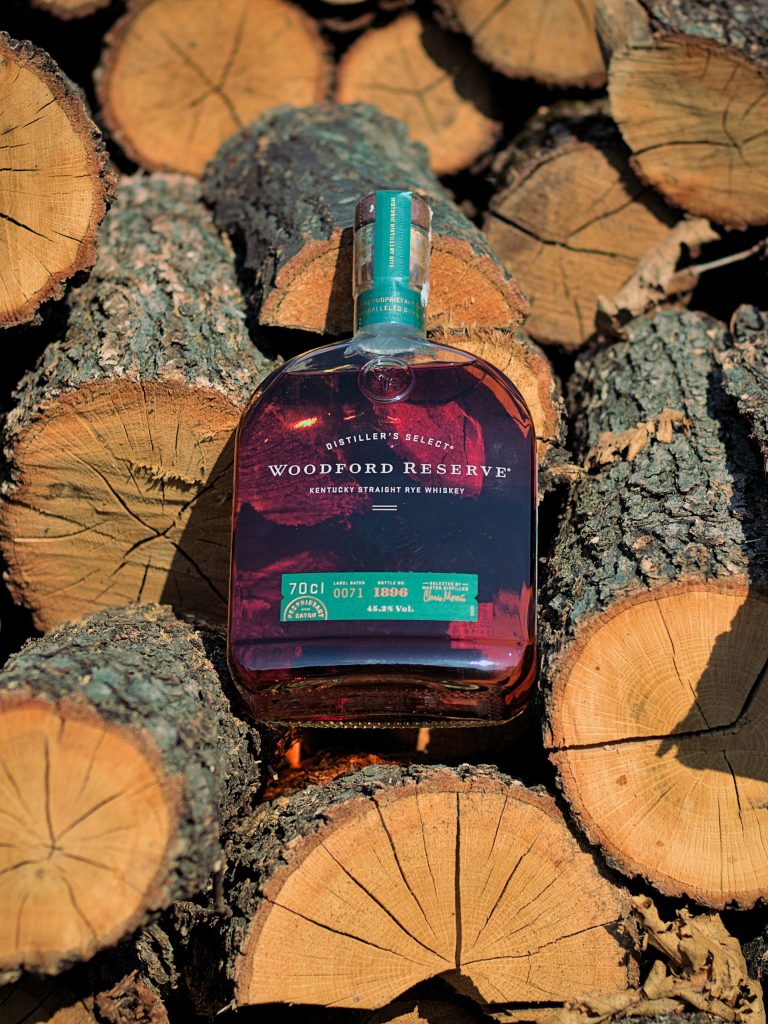
The process doesn’t require an advanced manufacturing degree. Every backwoodsman from the Appalachians to the Northwoods knows how to run a still. Corn, rye, barley and sometimes wheat (the basic whiskey grains) are mixed together according to the distiller’s “secret family recipe.”
Liquor store shelves are full of different kinds of whiskey. There is Irish whiskey, Scotch whiskey, rye whiskey and some suspicious bottles just labeled as whiskey. Bourbon is a very specific type of whiskey. To be labeled as bourbon, it must be over 50% corn — although most is about 75%. Rye is added to give a spicy note and most distillers use about 10% rye. Barley helps the fermentation process.
The grains are mixed with water, cooked and cooled. Proprietary yeast is added and the whole mess fermented for a few days. Then put through a distillery.
To be clear, the stuff that my Scottish and Irish Ancestors and Old George cooked up bears little resemblance to the bottles of brown liquid that we pick up at the liquor store. It was as clear as water and tasted like lighter fluid — and could probably be used as such. Today we would call their stuff moonshine, white dog, white lightning, or firewater.
A few years soaking in an oak barrel gives this white lightning its signature taste. Most of the good stuff is aged 6-10 years although some is aged for longer.
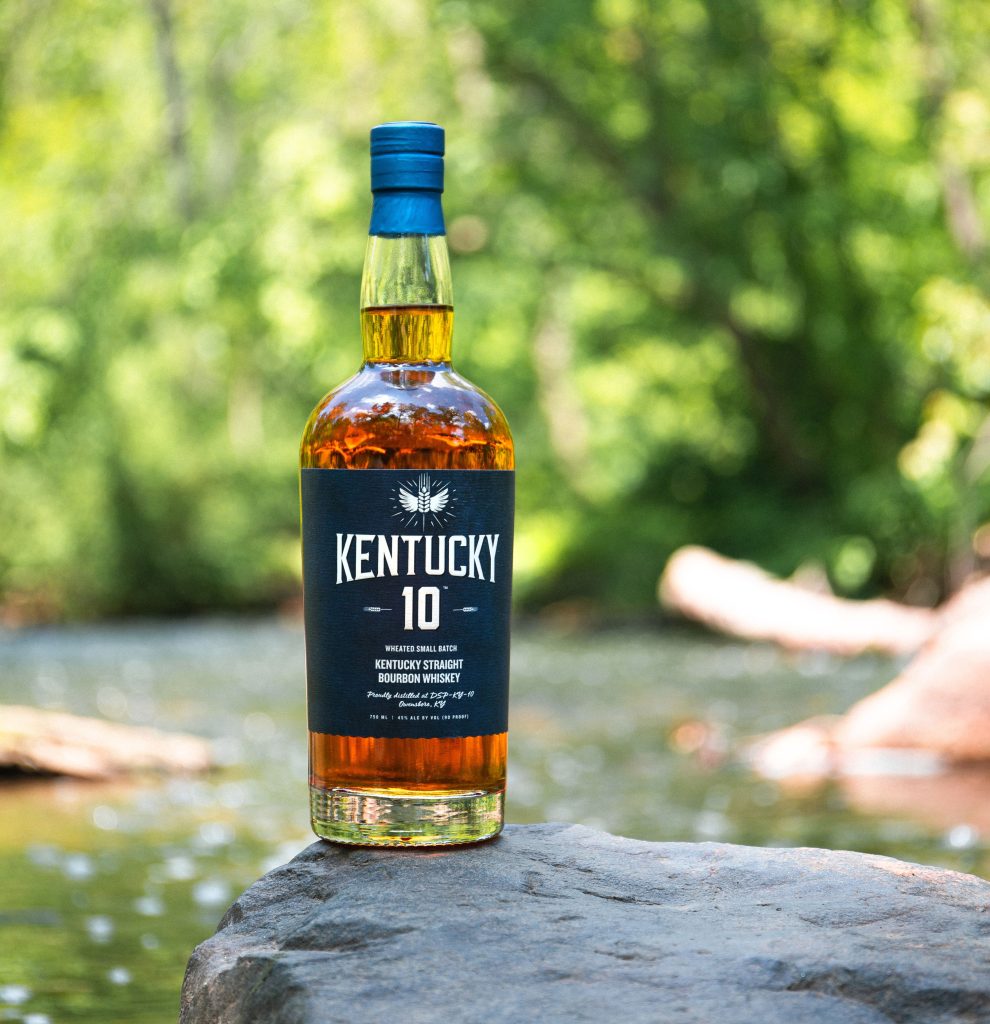
How the whiskey got to be named “bourbon” is as clear as the hooch that our ancestors cooked up. Before becoming a state, Kentucky was part of Virginia. As the population of the Bluegrass grew, new counties were created. It was decided to name one county after the French royal family that had helped in the revolution, the Bourbon family. As small distilleries started in Bourbon County, they would stencil the name of the county on barrels to be shipped off to New Orleans. The stuff in the barrel became thus known as “bourbon.”
It is fortunate that the Lafayette name was already taken (Fayette County) or we’d be ordering a Marquis de Lafayette on the rocks.
Bourbon Whiskey has seen a resurgence in popularity. Distilleries that were closed for decades are being purchased by hedge fund guys and reopened. Brand new distilleries are being built. Start ups are buying products from other distilleries and mixing them together. Massive additions are being made to old line operations. Some of the staid, old places have taken on a circus-like atmosphere as tourists looking to buy a prized product circle like ravenous birds.
All that aside, as they say in Kentucky, “If the Good Lord’s willin’ and the creek don’t rise” we’ll be back next year to explore new places, create new memories and lift a glass to those pioneers who brought all this to the American shores.

